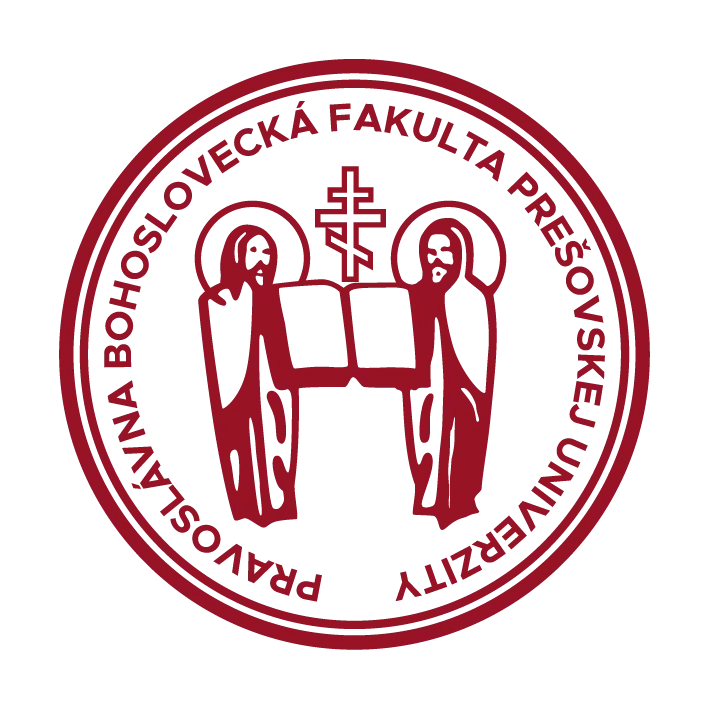TUBIN Slavisa - Acta PATRISTICA, volume 14, issue 28/2023
THE CONTEXT OF THE IDEA OF THE HOLY WAR ACCORDING TO THE WORKS OF LEO AND THEODOSIUS THE DEACON: BYZANTINE LIBERATION OF CRETE 960/961. YEARS
/КОНТЕКСТ ИДЕЈЕ СВЕТОГ РАТА ПРЕМА ДЕЛИМА ЛАВА И ТЕОДОСИЈА ЂАКОНА: ВИЗАНТИЈСКО ОСЛОБОЂЕЊЕ КРИТА 960/961. ГОДИНЕ/
Slavisa TUBIN
PhD candidate, Faculty of Orthodox Theology, University of Belgrade, Mije Kovacevića 11б, 11060 Belgrade, Republic of Serbia, slavisa.tubin91@gmail.com, ORCID: 0009-0000-0269-2408
Abstract
This paper deals with the issue of Holy War in Byzantium of the 10th century through the literary works History of Leo the Deacon and De Creta Capta by Theodosius the Deacon. The paper analytically presents the ideological assumptions of the view of infidel enemies in the eyes of the Byzantine military and court clergy – by the two mentioned authors in the Cretan Campaign. Ideology of dehumanization and the negative narrative about infidel Arabs is supported by analogies of biblical stories and biblical terminology. Enemies are identified as religious opponents and like anti-heroes from biblical stories. Byzantine military mission on Crete 960/961. appeared as the just goal with elements of the Holy War.
Keywords
Holy War, Leo the Deacon, Theodosius the Deacon, Nikephoros II Phocas, Byzantium, Crete
SUMMARY
Based on the content of the narrative about the Cretan Campaign in the works of Leo and Theodosius the Deacon, we can recognize the historiographical assumption about The Idea of a Holy War in the Byzantium (of the 10th century). The Byzantine military mission on Crete (960/961) appeared as a righteous goal of liberating the ancient Christian Island and expelling the Arabs infidels. Both writers talk about God's victorious help in the fight against the enemy. Byzantine military leaders appear in biblical references like the righteous of the Old Testament and members of the Chosen People, while the enemy is seen as a people opposed to God. The physical struggle is identified with the spiritual. According to the testimony of Theodosius (961), the Muslim idea of warriors as martyrs for the faith is for the first time opposed on equal footing by the Orthodox idea of Nicephorus II Phocas about Christian soldiers-holy martyrs. As emperor, he made it public (966) in a request to the Patriarchate of Constantinople to proclaim all the warriors who fought against the infidels as holy martyrs of Christianity. Religious-ideological assumptions, especially in Teodosi's narrative, use the language of dehumanizing the enemy. By the development of further discourse, the enemy is called beasts, serpents and demons, whose expulsion from Crete agrees with the allusion to Matthew 8:29. The arrival of the Byzantine army in Crete is like a premature ("πρὸ καιροῦ") God's judgment for the unbelievers (1 Corinthians 4:51). The erroneous beliefs of the Cretans in Leo the Deacon's narrative appear symbolically in the image of a harlot woman with an allusion to Crete as the Harlot of Babylon (Revelation 17:5), and its capital as an anti-God city appears in the synthesis of Babylon (Revelation 18:2) and Jericho (Joshua 6). The fall of the harlot from the city walls happens in accordance with the reference to the fall of Babylon and the demolition of the walls of Jericho, and the ideological image of the triumph of the Orthodox army and the state.
(Language: serbian)
